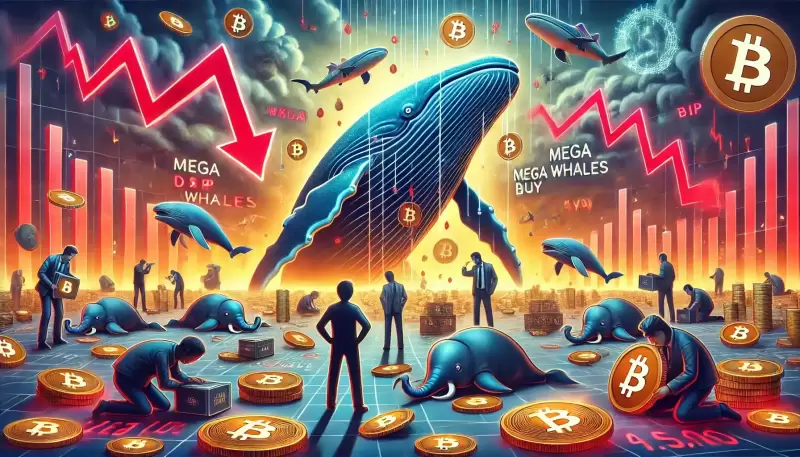 |
|
 |
|
 |
|
 |
|
 |
|
 |
|
 |
|
 |
|
 |
|
 |
|
 |
|
 |
|
 |
|
 |
|
 |
|
Cryptocurrency News Articles
Restaking: Scaling Blockchain Security with a New Frontier
May 03, 2024 at 12:06 am
Crypto's latest investment craze, restaking, is the practice of recycling staked assets to secure smaller blockchain applications. This trend has garnered significant attention, with platforms like EigenLayer attracting billions in deposits. While some see it as a promising opportunity, others warn of potential risks, including contagion risk and the dangers of liquid restaking. Despite the hype, EigenLayer remains in beta, and the full implementation of its key features is yet to be seen. The speculative frenzy surrounding restaking and the unrealistic expectations set by airdrop plans have raised concerns about the long-term viability and potential for disappointment in the market.

Restaking: A Comprehensive Exploration of Blockchain Security's Latest Frontier
Introduction
In the realm of blockchain technology, securing decentralized systems poses a critical challenge. Restaking, a novel approach that leverages existing proof-of-stake mechanisms, has emerged as a promising solution. This article delves into the intricacies of restaking, including its significance, mechanisms, potential risks, and industry perspectives.
The Essence of Restaking
At the core of restaking lies the concept of pooling resources to enhance the security of blockchain applications. Restaking protocols allow participants to utilize their staked assets on one blockchain to secure multiple, smaller blockchain applications simultaneously. This approach leverages the economic benefits of proof-of-stake while spreading the risk associated with securing individual platforms.
The Advantages of Restaking
Proponents of restaking extol its ability to bolster the security of nascent blockchain applications that may lack the capital or user base to establish robust proof-of-stake systems independently. By aggregating staked assets, restaking protocols create a more formidable defensive barrier against potential attacks.
EigenLayer: A Trailblazer in Restaking
EigenLayer, a pioneer in the restaking space, has attracted significant investor interest with its Ethereum-based platform. EigenLayer allows users to restake their staked ETH with Actively Validated Services (AVSs) that support Ethereum scaling solutions. This approach leverages the substantial staking base of Ethereum to provide enhanced security for less established applications.
Liquid Restaking: A Convenient Entry Point
Liquid restaking services offer a simplified approach to restaking. These platforms, such as Puffer, Ether.Fi, and Renzo, act as intermediaries, accepting user assets and depositing them into platforms like EigenLayer. In return, users receive liquid restaking tokens (LRTs) that track the value of the staked assets and can be traded for additional yield opportunities.
Potential Risks of Restaking
Despite its promise, restaking is not without potential risks. Critics voice concerns about contagion risk, particularly with liquid restaking platforms. If an operator is penalized for malicious behavior on an AVS, the consequences could reverberate throughout the restaking ecosystem, eroding the value of staked assets and compromising the security of multiple applications.
The Rise of LRTs and the Speculative Frenzy
The advent of LRTs has introduced another layer of complexity and potential risk. Some fear that leveraging trust by allowing users to stake tokens, liquid staking tokens, and liquid restaking tokens simultaneously could exacerbate the risk of a rehypothecation crisis. A single incident of asset depegging or slashing could potentially trigger a domino effect, toppling multiple protocols.
A Crossroads of Theory and Reality
While restaking holds immense promise, it remains largely theoretical in its current state. EigenLayer, the most prominent restaking protocol, is still in beta, with key features such as slashing yet to be fully implemented. The distribution of "points" to depositors, intended as a placeholder for future airdrops of digital assets, has ignited a speculative frenzy that some believe is divorced from economic reality.
Industry Perspectives and Cautious Optimism
Investors, developers, and venture firms have embraced restaking, recognizing its transformative potential. However, some express reservations, citing the potential for a catastrophic failure if restaking protocols are not implemented with the utmost care. Angel investors remain cautious, anticipating the possibility of a market correction that could expose the speculative nature of restaking.
Conclusion
Restaking is a nascent technology with the potential to revolutionize blockchain security. By leveraging existing staking mechanisms, restaking protocols offer a scalable and cost-effective approach to securing smaller blockchain applications. However, the challenges and risks associated with restaking cannot be overlooked. As the technology matures, it will be crucial for developers and users to exercise vigilance and prioritize risk management to ensure the long-term success and sustainability of restaking and the broader blockchain ecosystem.
Disclaimer:info@kdj.com
The information provided is not trading advice. kdj.com does not assume any responsibility for any investments made based on the information provided in this article. Cryptocurrencies are highly volatile and it is highly recommended that you invest with caution after thorough research!
If you believe that the content used on this website infringes your copyright, please contact us immediately (info@kdj.com) and we will delete it promptly.
-

- Can AI Predict the Market? Discover How Trading Bots Use Advanced Algorithms to Automate Trades and Potentially Generate Profit
- Apr 03, 2025 at 06:05 pm
- AI has reshaped a lot of industries since it appeared and it's continuing to do so. The financial market is one of them, which particularly saw a big change
-

-

-

-

-

-

-

-





























































